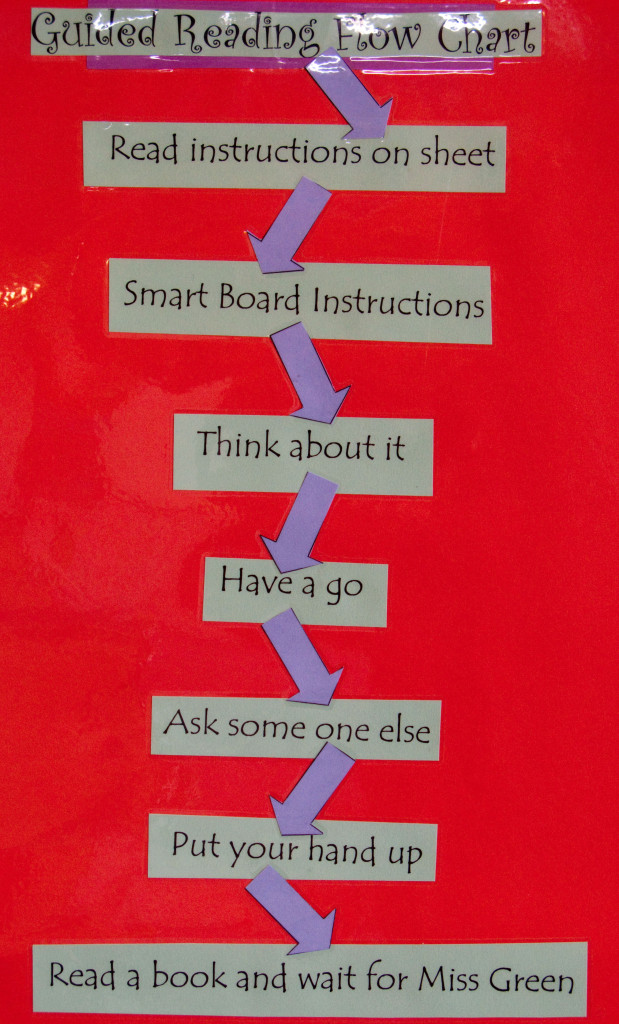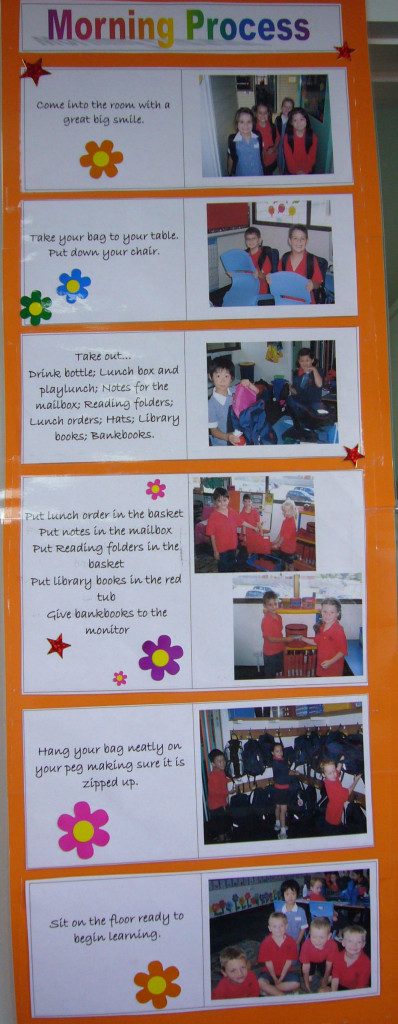The work of every organisation is accomplished through processes.
Processes Defined
Process: a sequence of actions that are enacted to achieve a purpose.
A process consists of actions that are completed in sequence. The sequence of actions comprising a process can be documented, as illustrated in Figure 1.

The actions are activities or tasks: things that are done by people, computers and machines.
Getting up in the morning and going to school is a process. It includes actions such as waking up, having breakfast, taking a shower, getting dressed, packing a school bag, and walking to school. These actions are completed in sequence.
A process is, then, a way of doing something: a method.
Key Characteristics of Processes
Purposeful
Processes are means by which the work of an organisation is accomplished. Nothing is achieved without taking action. A sequence of actions is enacted in order to meet some purpose.
Consciously designed… or not
Processes may by consciously designed, defined and documented, or they may be informal and made as needed. Either way, a sequence of actions comprises the process.
Regularly repeated… or not
Most processes in everyday life tend to be repeated on a regular basis.
Processes are usually repeated, in sequence, time after time.
Schools routinely report to parents in a formal manner twice per year, for example. Home learning (homework) process cycles around most days after school. The morning process, such as illustrated in Figure 2, occurs every school day.

A few processes may occur only once. A special centenary celebration of a school’s birthday will come around only once. Even so, the preparation, implementation and evaluation of the celebration still comprise a process: it has a sequence of actions that are enacted for a purpose.
Processes are central to improvement
Processes create outputs and deliver outcomes.
If we wish to improve an outcome, we must turn our attention to improving the processes that produced the outcome.
It is important to work on the process that produced the fault, not on him that delivered it.
Edwards Deming, 1994, The New Economics: For industry, government and education, MIT, Massachusetts, p. 39.
This leads to a change of questioning when things don’t go as desired. Instead of asking “whose fault is this?” we can ask “how did our systems and processes allow this to happen?”
If things aren’t going well, fix the process not the blame.
Watch a year two student from Sherbourne Primary School describes the Deployment Flowchart for the spelling process.
Purchase a Process Mapping Improvement guide, which provides step by step instructions for creating process maps, also called flowcharts.

One thought on “Improving Processes”